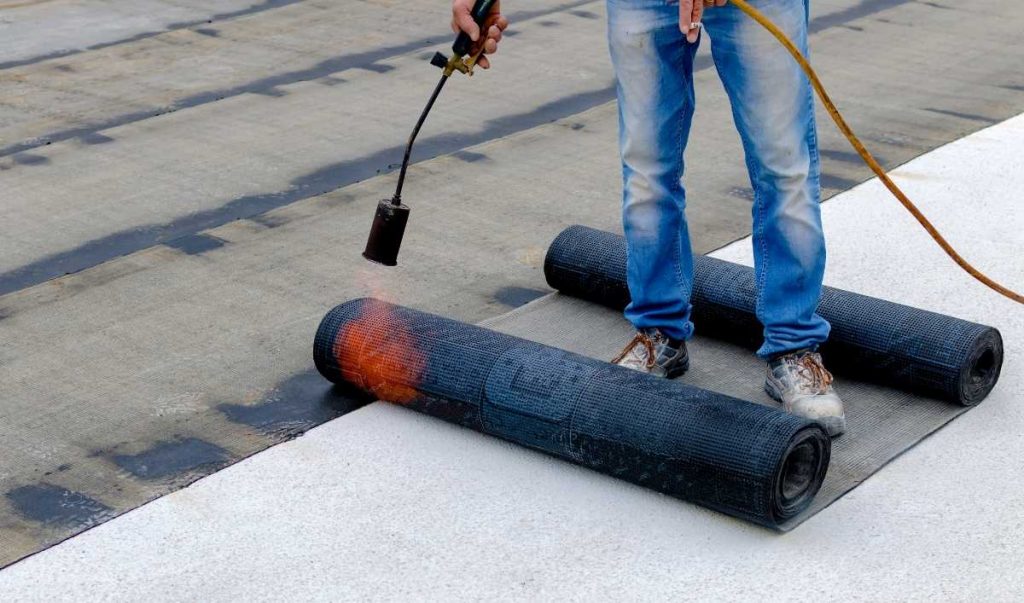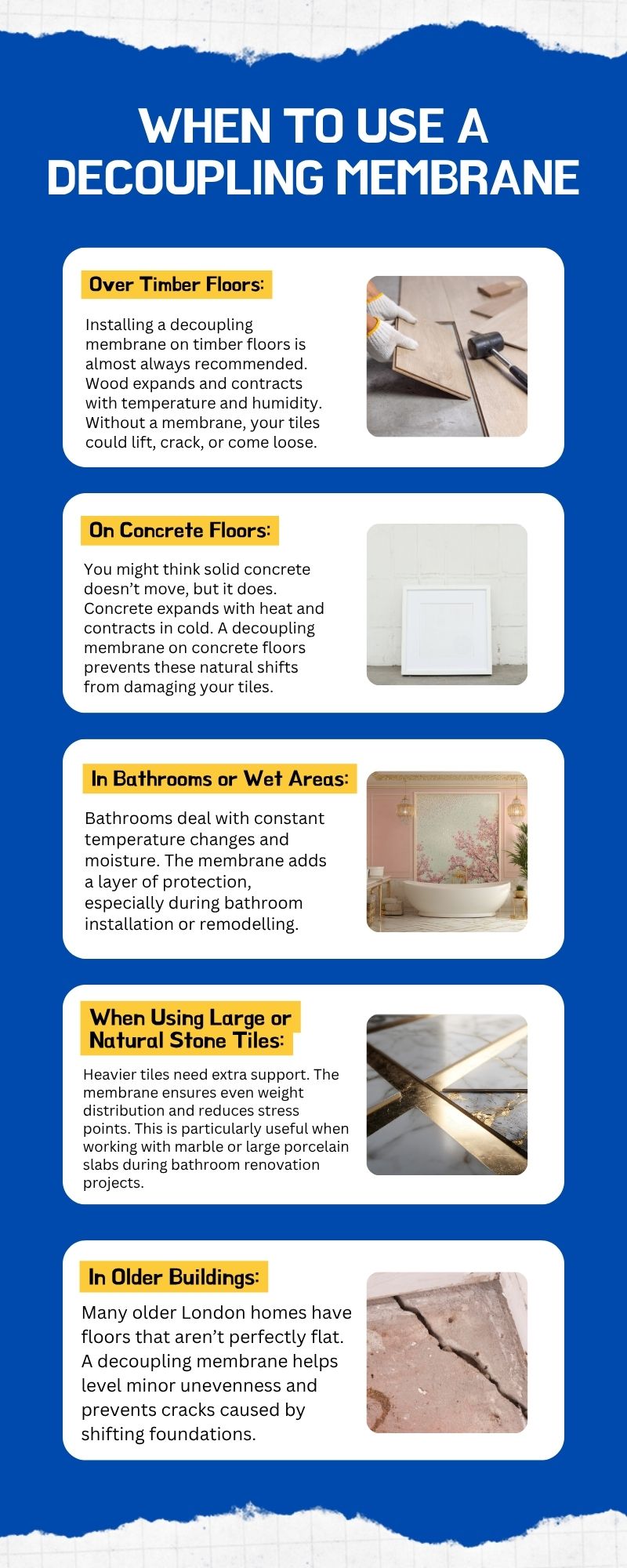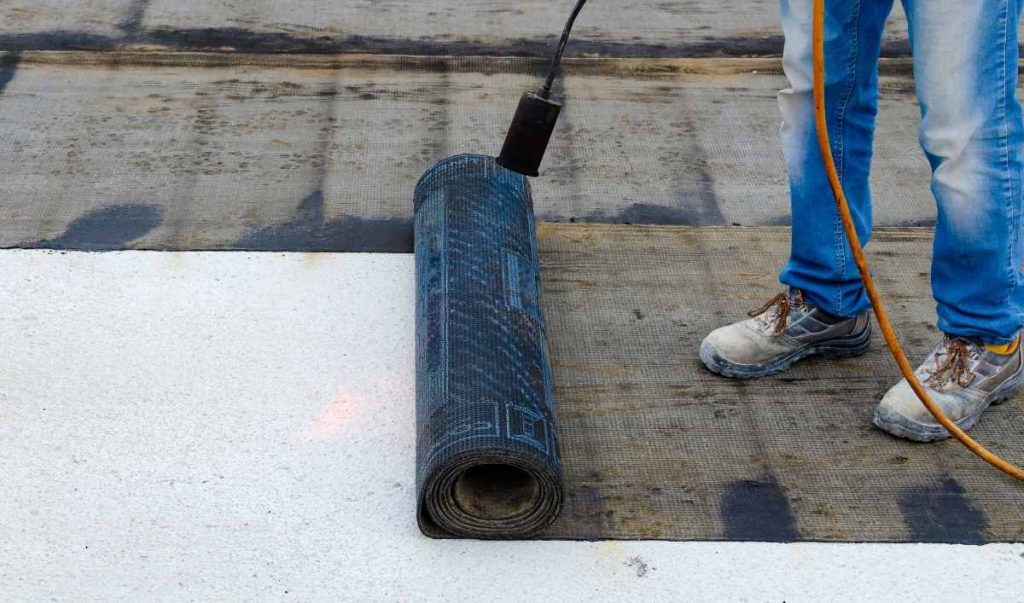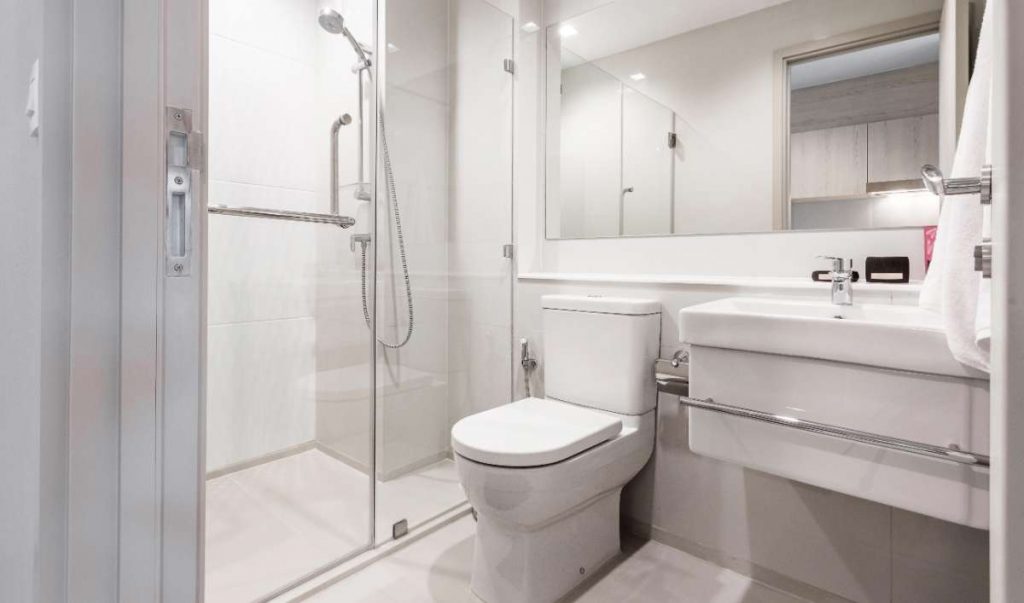Have you ever noticed cracks in bathroom tiles that seem to appear out of nowhere? It’s frustrating, right? Often, the problem isn’t the tiles themselves; it’s the movement in the surface below. That’s where a decoupling membrane comes in.
In this article, you’ll learn what is a decoupling membrane, how it works, and when to use it to keep your new tiles looking flawless, especially in London homes across Islington, Camden, and Hackney. Read on to learn more.
What Is a Decoupling Membrane?
Let’s keep it simple. A decoupling membrane for tiling is a thin layer placed between the subfloor (or wall) and your tiles. It acts as a cushion that absorbs movement or stress so the tiles above don’t crack. Think of it as a flexible bridge that separates the tiles from the surface below; hence the name “decoupling.”

Without it, any small shifts in the floor or wall like those common in older Islington houses or modern high-rises in Camden can easily damage tiles or grout.
Why Is It Important?
Tiles are hard and rigid. Floors and walls, however, move slightly with changes in temperature, humidity, or foundation settling. When you tile directly onto those surfaces, even the tiniest movement can lead to cracks or loose tiles.
That’s why decoupling membranes are a game-changer in professional bathroom refurbishment and bathroom renovation projects. They help:
- Prevent cracks in tiles and grout.
- Improve waterproofing and durability.
- Allow moisture to escape safely.
- Create a strong base for heavy tiles or large formats.
In busy London flats where heating systems, plumbing, or floor materials vary from room to room, a decoupling membrane helps your tiles last much longer.
How a Decoupling Membrane Works
Ever wondered how a decoupling membrane works? It’s quite clever. The membrane forms a small gap between the tile adhesive and the subfloor. When the floor moves or expands, that movement is absorbed by the membrane instead of passing directly to the tiles.
In simpler terms:
- The floor moves.
- The membrane flexes.
- The tiles stay perfect.
Most membranes are made from materials like polyethene or similar plastic composites. They’re lightweight, waterproof, and can handle both concrete and wooden bases. Some types even improve insulation and reduce sound transfer, a bonus in shared Camden or Hackney flats.
When to Use a Decoupling Membrane
Not every tiling job needs one, but in many cases, it’s essential. Here’s when to use it:

1. Over Timber Floors:
Installing a decoupling membrane on timber floors is almost always recommended. Wood expands and contracts with temperature and humidity. Without a membrane, your tiles could lift, crack, or come loose. Homes in Hackney and Islington often have timber subfloors, so this step is key for a lasting finish.
2. On Concrete Floors:
You might think solid concrete doesn’t move, but it does. Concrete expands with heat and contracts in cold. A decoupling membrane on concrete floors prevents these natural shifts from damaging your tiles. It’s also great for concrete with underfloor heating, common in new Camden apartments.
3. In Bathrooms or Wet Areas:
Bathrooms deal with constant temperature changes and moisture. The membrane adds a layer of protection, especially during bathroom installation or remodelling. It keeps tiles stable and reduces the risk of leaks.
4. When Using Large or Natural Stone Tiles:
Heavier tiles need extra support. The membrane ensures even weight distribution and reduces stress points. This is particularly useful when working with marble or large porcelain slabs during bathroom renovation projects.
5. In Older Buildings:
Many older London homes have floors that aren’t perfectly flat. A decoupling membrane helps level minor unevenness and prevents cracks caused by shifting foundations.
Step-by-Step: How to Install a Decoupling Membrane
If you’re curious about how professionals at AnimAnimus handle it, here’s a quick overview:

- Clean the surface: Remove all dust, grease, and debris.
- Apply adhesive: Use a flexible, cement-based adhesive suitable for your surface.
- Lay the membrane: Roll it out and press it firmly into the adhesive.
- Seal joints: Overlap edges or use sealing tape to keep moisture out.
- Start tiling: Apply another thin layer of adhesive and begin laying your tiles.
Pro Tip: Always use a notched trowel for even coverage and let the first layer cure before adding tiles. It might feel like an extra step, but it ensures your tiles stay perfect for years.
Common Mistakes to Avoid
Even with good materials, simple mistakes can ruin a job. Avoid these:
- Skipping primer or using the wrong adhesive.
- Failing to clean or dry the surface properly.
- Using cheap membranes that don’t flex enough.
- Ignoring manufacturer instructions.
Professional bathroom fitters always double-check these details to make sure every job meets high standards.
Benefits of Using a Decoupling Membrane in London Homes
For properties in Islington, Camden, and Hackney, the benefits go beyond protection:
- Longevity: Tiles last longer and stay crack-free.
- Value: Adds to the overall quality of your bathroom refurbishment.
- Peace of mind: No worries about leaks or movement damage.
- Professional look: Perfect lines and even finishes that stay that way.
If you’re investing in a quality bathroom, a decoupling membrane is a small addition that delivers big results.
Why Choose AnimAnimus for Your Bathroom Project
At AnimAnimus, we specialise in bathroom refurbishment, bathroom renovation, and bathroom installation across London. Our experienced bathroom contractors and skilled bathroom fitters use the latest methods and materials to ensure your tiles stay flawless for years. Whether it’s a complete renovation or a simple tiling upgrade, our team knows when and how to use a decoupling membrane for tiling to guarantee long-lasting, waterproof results.

FAQs
Question 1. Can I install a decoupling membrane myself?
Answer: You can, but for best results, hire a professional bathroom fitter to ensure proper sealing and long-term durability.
Question 2. Does a decoupling membrane raise the floor level?
Answer: Only slightly, just a few millimeters, and it won’t affect doors or fittings when installed correctly.
Conclusion:
So, when should you use a decoupling membrane? In most cases where movement, moisture, or heat might cause problems. It’s the hidden layer that keeps your tiles beautiful and your floor solid. Thinking of upgrading your bathroom in Islington, Camden, or Hackney?
Let AnimAnimus handle it for you. Our experts make sure every tile, joint, and layer is done to perfection. Ready to start your bathroom renovation? Visit AnimAnimus.uk today for a free quote and expert advice.
